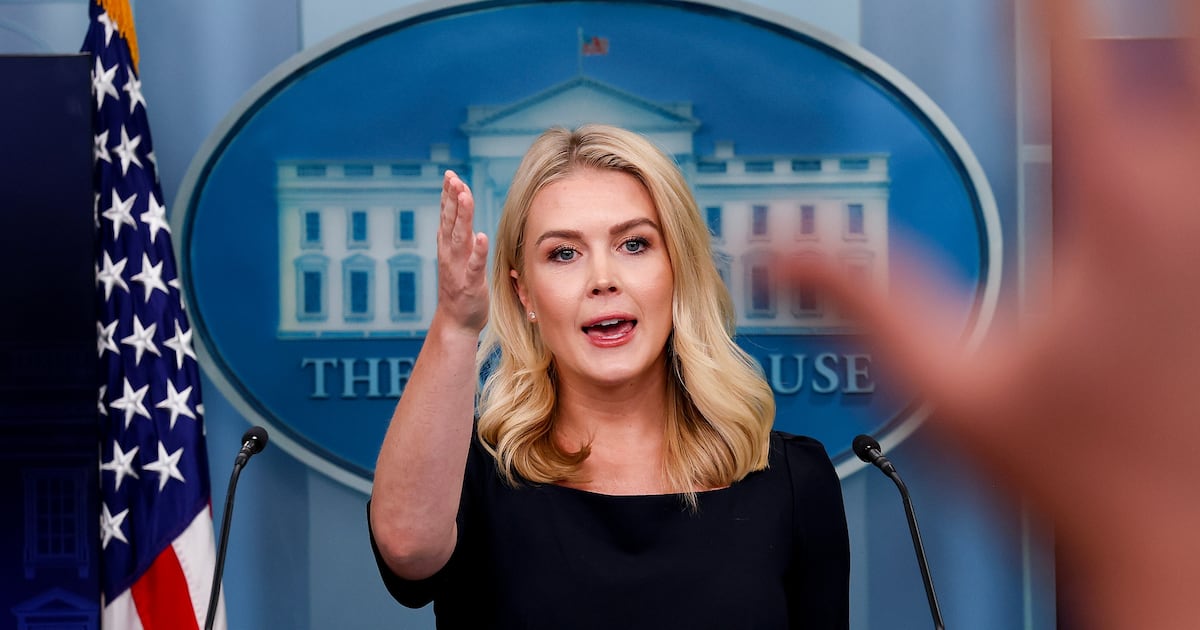It sounds like a pitch for a summer blockbuster. During the sunset of Shogunate Japan in 1865, 15 of the country’s most promising young scholars set off on a global adventure, breaking the law by leaving their country during a time when doing so was forbidden. Their mission, devised by their region’s ahead-of-his-time daimyo: to absorb Western culture and know-how to help drag the ancient feudal society into the new industrial century.

The risk was so great that the boys changed their names to protect their families. They hid out in a tiny town before setting sail for London on a two-month journey by steam ship. While most of the group studied in in London, the youngest, Kanaye Nagasawa, wasn’t old enough for the university, so he was sent to Scotland to live with the family of Thomas Blake Glover, a Scotsman who had moved to Japan when he was 21. Glover ended up laying the foundations for the companies we know today as Mitsubishi and Kirin Brewery, and he was eventually the first non-Japanese person to be awarded the Order of the Rising Sun. He died in Tokyo and is buried in Japan.
When money for the scholars ran out in 1867, almost all of them returned to Japan, but Nagasawa and five others remained. They met a charismatic and eccentric cult leader, Thomas Lake Harris, who preached salvation in the form of sex in the afterlife and paid for their continued education in exchange for their work at his colony.
Nagasawa hop-scotched with Harris from Europe to upstate New York, eventually landing in California where they replanted Harris’s “Utopian” society—along with acres of vines—north of the Golden Gate (there was no bridge yet). He became the first Japanese American to permanently settle in the U.S., and helped to pave the way for other Japanese immigrants. Here he also mastered winemaking skills that led to his becoming the Robert Mondavi of his day.
The rolling hills and calm valleys in turn-of-the-century Santa Rosa were the backdrop for what seemed like a disproportionate number of oddities at Harris’s Fountain Grove compound. In the early days, there were published reports, of a woman dressed like a Turkish princess, smoking a hookah, ordering tea and biscuits around the clock, and treating workers shabbily. A lone man operating a printing press churned out seemingly endless propaganda, and Harris’s own teenage daughter poisoned herself, apparently out of the blue. This and mounting criticism, including charges of immorality and charlatanism by former followers, made Harris tabloid fodder in his day. Rattled, Harris fled to New York, leaving his vast estate to his protégé.
On Nagasawa’s watch, calm reigned on the vineyard.
More interested in dogwoods than dogma, Nagasawa quietly tended flowers at the compound—befriending and learning from Luther Burbank, the renowned botanist—and perfected his winemaking skills. Bold-faced names from John Muir to Jack London visited the diminutive Japanese vintner, who always dressed in a suit and spoke English in a Scottish brogue on the rare occasions when he had something to say.
The winemaker planted Pinot Noir and Cabernet grapes in a region that almost exclusively grew Zinfandel, producing a yield that reflected Nagasawa’s ideals regarding the perfect wine blend. This progressive attitude led him to become the state’s—and era’s—leading viticulturist. Fountain Grove wines won medals even after Nagasawa’s death, a distinction John Anderson, a third-generation California wine professional, says indicates Nagasawa was a careful, high-quality wine maker in his day. “If in the 1980’s someone had a 1934 cabernet, I would be interested,” the collector said.
Nagasawa presided over one of the largest and most-well-regarded vineyards of its era, with grape yields that weathered Prohibition, and varietals that fetched high prices at auction, even by our current standards. Californians called him everything from “Prince” to “Baron,” and when he eventually returned to his village on regular visits, they hailed him as “The Grape King.”
Driving his own car—a luxury in the days of horse and buggies—the winemaker was selected to judge the biggest wine tastings of the day, including the 1915 Pan Pacific Exposition, where he was hand-picked to represent his home country by the Commissioner-General of Japan. They say a competition didn’t count unless he had judged it, and didn’t end until he’d had his say.
That his winery survived Prohibition is not surprising. It turns out there were many loopholes, from medicinal and religious production allotments, to the sly dried-grape cakes with tongue in cheek labels “warning,” explicitly, that specific steps in handling and storage would certainly turn the fruit into wine. There was also the little-known provision that allowed families to produce 200 gallons annually for personal use.
Nagasawa poured from his private stock throughout Prohibition, and when the Twenty-First Amendment passed, ramped up production again. Unfortunately, the interim left the property operating at a loss, its coffers drained.
The grapes survived, but the winery did not. While Nagasawa was known by many names, there were two he was never called: “husband” and “father.” And, that detail sealed the family’s fate. Despite several potential-bride-harvesting trips to Japan, Nagasawa never cultivated a romance or married. That failure, or maybe simply his lack of passion for that aspect of his life, changed his family’s, and the winery’s, history.
“My mother asked him,” recalls Amy Mori, his grand-niece, 87, who lived with her family at the sprawling estate until she was six, “‘Why didn’t you marry someone?’ ‘Oh,’ he said, ‘I was too busy for that kind of nonsense.’” Or maybe his rootless youth forced Nagasawa to retreat into his gardening hobby for stability. In time, it grew more apparent that “that nonsense” might have kept the land in the family.
Unfortunately, Nagasawa’s potential heirs, Mori’s brother and her parents, were caught up in the net of racist policies that preceded World War II. Among them, the 1913 California law that made it impossible for Japanese farmers to own land. Once World War II broke out, anti-Japanese sentiment ballooned. Families, like Mori’s, were herded first to rural Stockton, and then on trains to internment camps across the country to Arkansas, where the native Californian spent her teenage years. Fearful family members expunged all evidence of her prominent great uncle’s Japanese ties—from his prized samurai sword, to photos of, and letters from, the family he left behind—lifetime mementos destroyed in a vain effort to demonstrate patriotism and loyalty to the United States.
Although Nagasawa wanted to leave his sprawling estate to Amy Mori’s big brother, Kosuke Ijichi, he was still a child when Nagasawa died in 1934, and his father was not a U.S. citizen. The only recourse was to liquidate the property and distribute what turned out to be a tiny sum from the once prosperous empire to the heirs.
Despite the later circumstances that would make anyone understandably bitter, Mori’s memories of her childhood at her great uncle’s side are sweet. She recalls trailing him around his greenhouse as he tended to his babies. “He loved his garden, he was interested in flowers, and he had a lot of unusual plants.”
Today Fountaingrove is little more than a memory; there is no winery, the fields now sprout solar panels for one of a handful of low-slung office buildings. Although the greenhouse is gone, it’s still possible to see some of the dilapidated buildings of the once-grand Fountain Grove (now known as Fountaingrove) estate. The enormous red wood-sided Round Barn, constructed to hold sixty horses, is familiar to drivers heading up Highway 101, even if they don’t know who built the curiosity.
Just steps from an office park jogging trail, the ruins of what was once the largest vineyard in the area are a pile of crumpled buildings just behind a metal fence. Large roofless loft spaces hint at the bustle of industry. About 100,000 gallons of wine annually used to flow through doors that are now missing. Barrels were distributed on New York’s Vesey Street and even overseas—Fountain Grove’s vintage was the first California wine poured in Great Britain.
Today, instead of men performing backbreaking work on creaking machinery, unkempt grass bends in the light breeze. California Towhees flit quickly in and out of branches. Outside the fence, the blacksmith’s shop leans into the armpit of a trailside oak tree. It’s not entirely clear if the tree is supporting the building, or vice-versa, but it all looks one gust away from collapse, and has looked that way for years.
The distillery, woodshed, and boiler buildings seem melted together like crayons, impossibly blurring where one building starts and another ends. Brick walls and arched windows hint at the cool comfort inside in the blisteringly hot summer, where tables of pickers and vintners shared risotto lunches and Nagasawa raised a glass to toast in English and Italian, all with his Scottish accent, according to accounts of the day.
Karen Perkins, Kosuke Ijichi’s daughter, says the family is good naturedly philosophical about the loss of property that would be worth millions today. “My mother said if my father had inherited the land he would never have met her and I never would have been born,” she says.
Amy Mori sees it differently. She says that although her big brother never whined, “We would go up to Fountaingrove and he would say, ‘This could have been all yours’.”
In a small way, its abandoned buildings and grassy patches are everybody’s today. It’s still possible to stand in a meadow and, with a well-placed hand, block out the hotel (that has a Nagasawa ballroom), the condos, and low-slung corporate buildings to imagine a simpler time at Fountain Grove, a time when, as today, hawks circled in the sky and red-wing blackbirds flashed their shoulder patches across meadows on too-hot summer afternoons, and everything else seemed to stand still.






